- the post shows how aliased resources can cause problems when doing render doc captures
- aliased textures that are captured might need barrier transitions, which can corrupt other textures in the same memory range
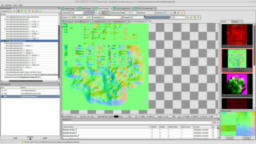
- collection of articles/ blog post written by John Carmack on a variety of topics

- the video tutorial shows how to implement a shader for freezing objects
- this includes blending ice material on top of existing objects, tessellation shaders to extend meshes to form icicles, and mesh normal generation

- the blog post shows the interactive particle implementation used in Ghost of Tsushima
- particles are controllable through expressions and can react to runtime information
- shows different use cases such as interactive leaves, candles, and crabs
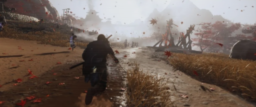
- the tutorial shows how to implement Temporal Anti-Aliasing using an example OpenGL implementation
- provides a walkthrough of all steps required
- shows how to calculate velocity vectors, use history buffers, calculate jittering matrix
- additionally shows how dithering can be used to create alpha-blended looks

- the Rust tutorial provides an extensive walkthrough of the steps required to use OpenGL using native rust
- explains all the necessary interop to load OpenGL, initialize a swap chain, and start presenting

- the article presents how VRS tier 2 shading was integrated into Gears
- uses the previous frame color buffer results to run a Sobel edge detection compute shader to detect the shading rate
- a conservative VRS allows systems to opt-in for special quality if required
- contains advice on optimizations for VRS tile texture generation
- additionally provides guidance on how to estimate performance using Tier 1
- provides performance numbers for the savings from different render passes
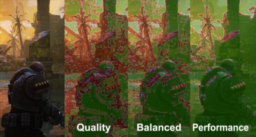
- the article contains a list of common graphics programming terms and how to pronounce them

- the article provides a guide for porting from the original VK_NV_raytracing extension to official VK_KHR_raytracing extensions
- show what changes are required for device creation, memory management, acceleration structure build, pipeline management
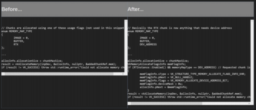
- the article presents an overview of Creation Graphs and what it enables the user to create in The Machinery
- an extensible node-based system that allows the flexible combination of data from different kinds of data to create new combinations
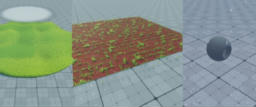
- the video tutorial explains how to create stylized grass in the Unreal engine
- shows how to create the meshes in Houdini, textures in Unreal and integrate them into the rendering pipeline
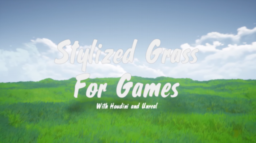
Thanks to Angel Ortiz for support of this series.
Would you like to see your name here too? Become a Patreon of this series.